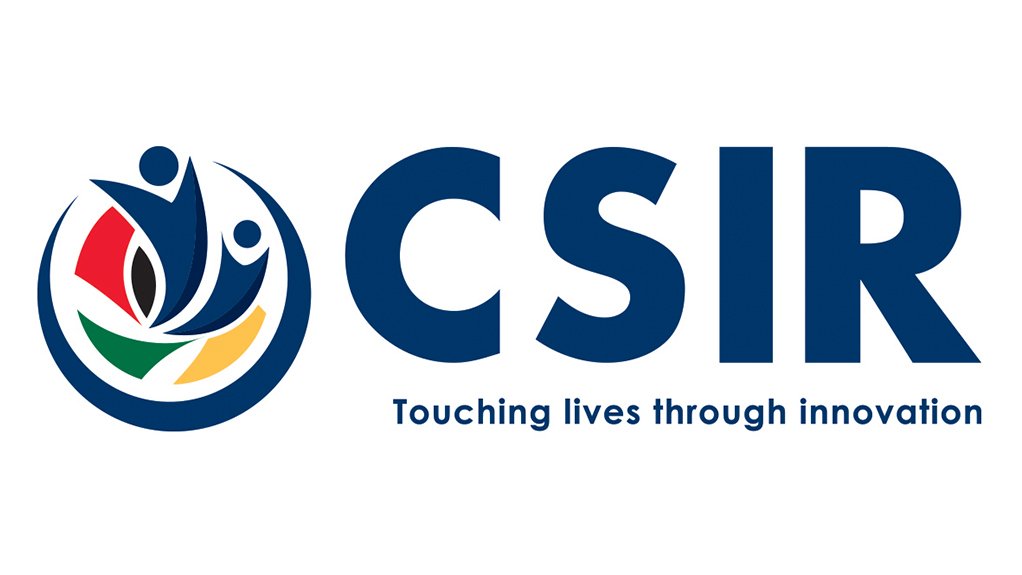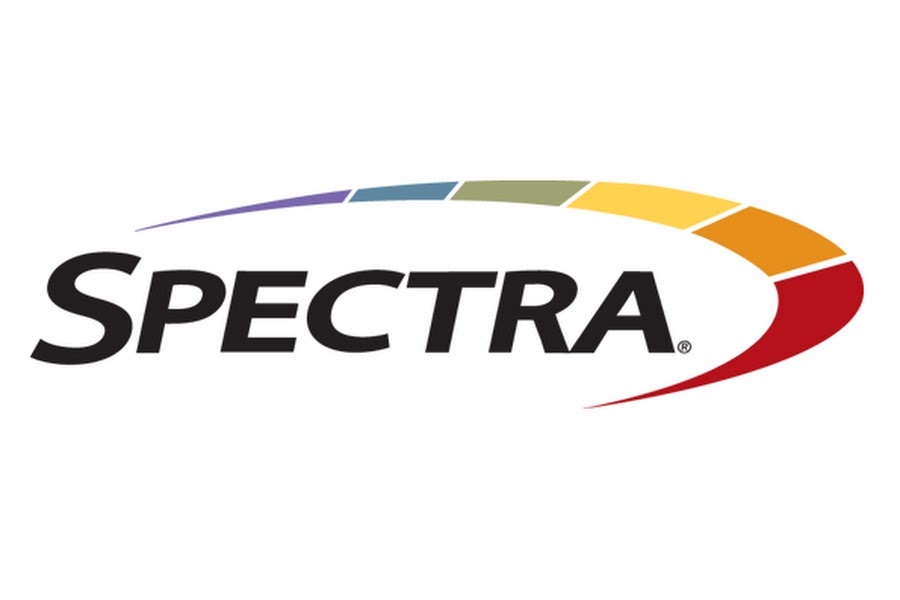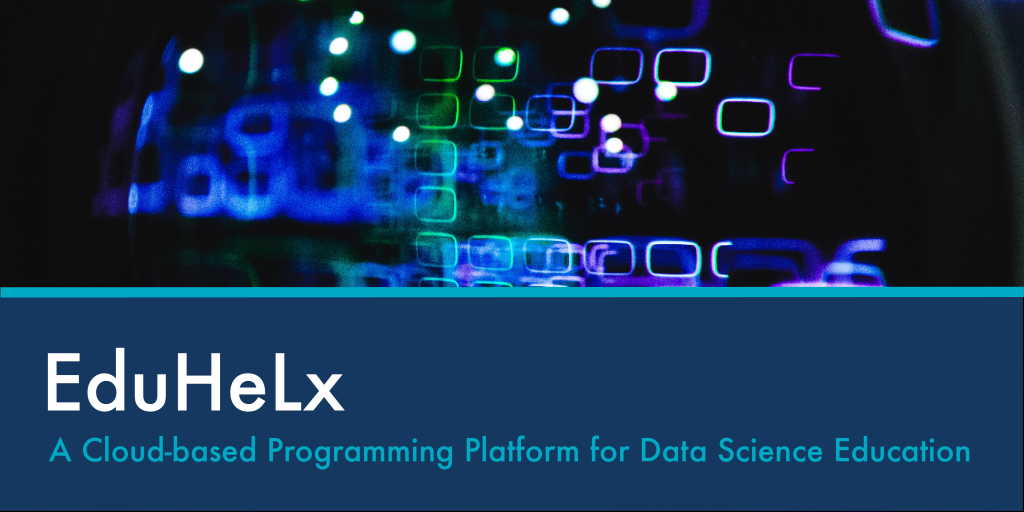The worldwide iRODS community will gather in Chapel Hill, NC from June 13 – 16
Members of the iRODS user community will meet at UNC-Chapel Hill in North Carolina for the 15th Annual iRODS User Group Meeting to participate in four days of learning, sharing use cases, and discussing new capabilities that have been added to iRODS in the last year.
The event, sponsored by RENCI, Omnibond, Globus, and Hays, will provide in-person and virtual options for attendance. An audience of over 100 participants representing dozens of academic, government, and commercial institutions is expected to join.
“The robust list of presentations at the 2023 iRODS User Group Meeting illustrates the impact and utility of iRODS on a global scale, from talks on unique applications of the software to demos of innovative clients and integrations.” said Terrell Russell, executive director of the iRODS Consortium. “We are excited to host the user community in our hometown of Chapel Hill, NC and provide opportunities for learning, networking, and collaboration throughout the week.”
In May, the iRODS Consortium published the 2023 Technology Roadmap, which documents the state of the technical direction chosen for the iRODS data management software. A notable focus named in this plan is to make implementing the iRODS Protocol less complicated by designing a new HTTP API.
Other plans include updates to the GenQuery interface and the iCommands client. The iRODS GenQuery interface has long defined the way users and administrators can search the iRODS namespace, its storage systems, users, and metadata, while honoring the iRODS permission model. The next generation of GenQuery, GenQuery2, is now available for experimentation. The current iRODS iCommands are a culmination of many years of effort, but they are beginning to show their age, especially in terms of design and extensibility. The iRODS Consortium aims to create a brand new CLI that focuses on using modern libraries (iRODS or otherwise), modern C++, being extensible and modular, and providing a single binary.
During last year’s UGM, users learned about a new PAM (pluggable authentication module) plugin, a universal implementation for all authentication methods. At this year’s event, the iRODS Consortium will provide an overview and demonstration of exploratory work with further authentication services such as OAuth 2.0, OpenID Connect, and the new iRODS HTTP API, and how integrations with these services may work best in the future.
As always with the annual UGM, in addition to general software updates, users will offer presentations about their organizations’ deployments of iRODS. This year’s meeting will feature over 15 talks from users around the world. Among the use cases and deployments to be featured are:
- GoCommands: A cross-platform command-line client for iRODS. CyVerse / University of Arizona. The diversity of scientific computing platforms has increased significantly, ranging from small devices like Raspberry Pi to large computing clusters. However, accessing iRODS data on these varied platforms remains a common but challenging requirement. The official command-line tool for iRODS, iCommands, is limited to a few platforms like CentOS7 and Ubuntu 18/20. As a result, users on other platforms like MacOS, Windows, and Raspberry Pi OS have no straightforward performant means of accessing iRODS. GoCommands is another command-line tool for iRODS designed to address the portability issue of iCommands. Written in Go programming language, building its executable for diverse platforms is straightforward. The tool is a single executable that does not require any dependency installation. Pre-built binaries for MacOS, Linux (any distros), and Windows, regardless of their CPU architectures, are already available. In addition, the tool does not require elevated privileges for installation and run. This makes it possible for users on nearly any platform to access iRODS.
- iBridges: A comprehensive way of interfacing with iRODS. Utrecht University, Wageningen University, and University of Groningen. iRODS is a rich middleware providing means to facilitate data management for research. It implements all necessary concepts like resources, metadata, permissions, and rules. However, in research most of the concepts are still new. Hence, researchers and their support staff are challenged using the current interfaces and tools to 1) learn about those concepts and 2) familiarize themselves with the different APIs and command line interfaces. This creates the need for a steep learning curve for researchers and research supporters, slowing down the adoption of iRODS. To ease the usage of iRODS we present iBridges. iBridges is a standalone desktop application, written in Python, to provide users of Windows, Linux, and MacOS with a graphical user interface (GUI) to interact with iRODS servers. The tool is agnostic to any rules/policies in the server. Out-of-the-box iBridges supports three main functions: browsing and manipulating data objects, upload/download data, and searching data collections.
- ManGO: A web portal and framework built on top of iRODS for active research data management. KU Leuven. At the University of Leuven. Belgium, we are building the infrastructure and software layers to leverage iRODS as a major building block in active research data management. This involves various workflows and processing of data and metadata during the lifetime of a research project. One of the important components consists of a modular and adaptable web portal built using the iRODS Python client. Given the wide range of use cases, the web framework employs some classical architectural patterns to decouple specialized domain specific needs from the core system. It also has features that make it behave like a content management system, including a (view) template override system that make the representation of collections and data objects dependent on for example specific metadata or collection structure. Metadata is a prime focus to steer many aspects of this framework along its core use for research data, and a considerable effort was also put in a user friendly metadata schema management system. In this talk, we will present the current status as well as near future plans.
- iRODS Object Store on Galaxy Server: Application of iRODS to a Real Time, Multi-user System. Penn State University. Galaxy is an open-source platform for data analysis that enables users to 1) Use tools from various domains through its graphical web interface, 2) Run code in interactive environments such as Jupyter or RStudio, 3) Manage data by sharing and publishing results, workflows, and visualizations, and 4) Ensure reproducibility by capturing the necessary information to repeat data analyses. To store data Galaxy utilizes ObjectStore as its data virtualization layer. It abstracts Galaxy’s domain logic for data persistence technology. Currently, Galaxy mainly uses a Disk ObjectStore for data persistence. To extend Galaxy’s data persistence capabilities, we had previously extended Galaxy’s ObjectStore to support iRODS. In this work, we discuss the steps in deploying iRODS Object Store on the USA-based Galaxy server (usegalaxy.org) and the challenges we faced. To the best of our knowledge, after CyVerse, this is one of the few applications of iRODS to a real time, multi-user system.
Bookending this year’s UGM are two in-person events for those who hope to learn more about iRODS. On June 13, the Consortium is offering beginner and advanced training sessions. After the conference, on June 16, users have the chance to register for a troubleshooting session, devoted to providing one-on-one help with an existing or planned iRODS installation or integration.
Registration for both physical and virtual attendance will remain open until the beginning of the event. Learn more at this year’s UGM at irods.org/ugm2023.
About the iRODS Consortium
The iRODS Consortium is a membership organization that supports the development of the integrated Rule-Oriented Data System (iRODS), free open source software for data virtualization, data discovery, workflow automation, and secure collaboration. The iRODS Consortium provides a production-ready iRODS distribution and iRODS training, professional integration services, and support. The world’s top researchers in life sciences, geosciences, and information management use iRODS to control their data. Learn more at irods.org.
The iRODS Consortium is administered by founding member RENCI, a research institute for applications of cyberinfrastructure at the University of North Carolina at Chapel Hill. For more information about RENCI, visit renci.org.






